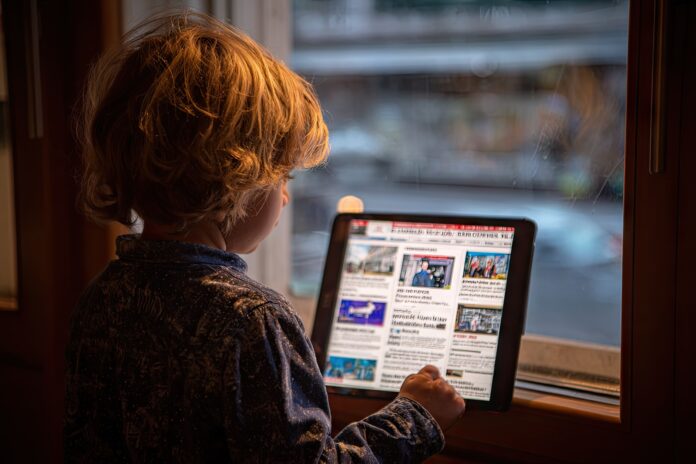A Hidden Epidemic: Misinformation in Kids’ Digital Lives
Kids see a lot more misinformation than we think—it permeates their screens, their social circles, and ultimately, their worldviews. Because children spend more time online, they encounter falsehoods not only in text but also in images and videos—formats that are harder to scrutinize and even easier to internalize. Most importantly, they often do not realize just how much misinformation is slipping through.
Understanding the Scope: How Often Are Kids Exposed?
A recent study in the United Kingdom found that 37% of children aged 12 to 15 reported seeing deliberately misleading or false news online or on social media within the past year. Only 35% said they had not seen any fake news. This suggests that exposure to misinformation is not just occasional—it’s a routine digital hazard[3].
Because video-based platforms like TikTok are especially popular among young users, visual misinformation spreads even faster. In a striking example, researchers found that in just 35 minutes of browsing, most children encountered misleading claims about major topics like COVID-19[4]. Besides that, many children are simply ill-equipped to spot falsehoods—particularly those from disadvantaged backgrounds or with lower literacy levels[2].
Why Are Kids so Vulnerable to Misinformation?
Children’s cognitive abilities and critical thinking skills are still developing. Their natural curiosity makes them eager to learn from the world around them, but also leaves them more trusting of online sources. Visual content, processed extremely quickly by the brain, can bypass what little skepticism they may have. Because of this, young users rarely question what they see—especially when it is presented in an engaging or authoritative way[2].
The risks are not just theoretical. When children internalize false claims, it can increase their anxiety, damage self-esteem, and distort their worldview. Misinformation can even lead to real-world harms—spreading conspiracy theories, deepening prejudice, or fueling risky behavior[5].
The Real Dangers: Trust, Wellbeing, and Society
Missed lies do more than fool individuals; they erode children’s trust in journalism, scientific authority, and even democracy itself. According to a major UNICEF analysis, up to 60% of children report trusting news less as a direct result of fake news[2]. As misinformation undermines reliable sources, it leaves young people adrift in a sea of unreliable content.
Why Parents and Educators Can’t Ignore This
For parents and educators, the challenge is not simply to shield children from all misinformation. Because the digital world is unregulated and algorithm-driven, complete avoidance is impossible. More importantly, attempts to block or filter everything are rarely effective and may deny kids the chance to develop vital digital skills.
Instead, experts increasingly argue that children need ongoing, supervised exposure to the realities of misinformation. Recent research from UC Berkeley suggests that when kids are taught to identify and challenge dubious claims in a safe environment, their critical thinking skills grow stronger. Those who practice fact-checking in response to unreliable claims become more diligent skeptics over time[1].
What Works: Building Kids’ Digital Resilience
- Open Discussion: Normalize talking about fake news and encourage children to question sources—even trusted ones.
- Media Literacy: Teach the basics of fact-checking, source reliability, and how to spot clickbait or manipulated visuals.
- Supervised Exposure: Occasionally expose kids to examples of misinformation in a safe, educational setting. Guide them to evaluate and debunk claims themselves[1].
- Model Skepticism: Demonstrate your own habits of questioning and verifying online information.
- Use Age-Appropriate Tools: Employ browser extensions, apps, or educational games designed to train skepticism and awareness.
- Encourage Empathy and Dialogue: Remind kids that even adults get fooled sometimes. Open conversations, not lectures, promote learning.
Looking Ahead: The Path Toward Digital Wisdom
The digital world will only grow more complex. Therefore, the best gift we can give our children is not protection, but preparation. When kids learn to spot misinformation and think critically, they not only protect themselves—they strengthen democracy, build self-confidence, and grow into informed global citizens.
References
UC Berkeley Study on Exposing Kids to Misinformation for Better Fact-Checking
UNICEF Report: Digital Misinformation and Children
Fake News Exposure Among Children, UK 2024
Children and Teens Targeted for Misinformation on TikTok
Understanding the Dangers of Online Misinformation for Kids



